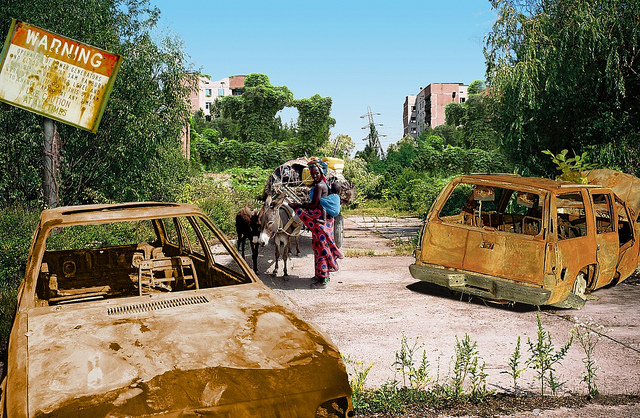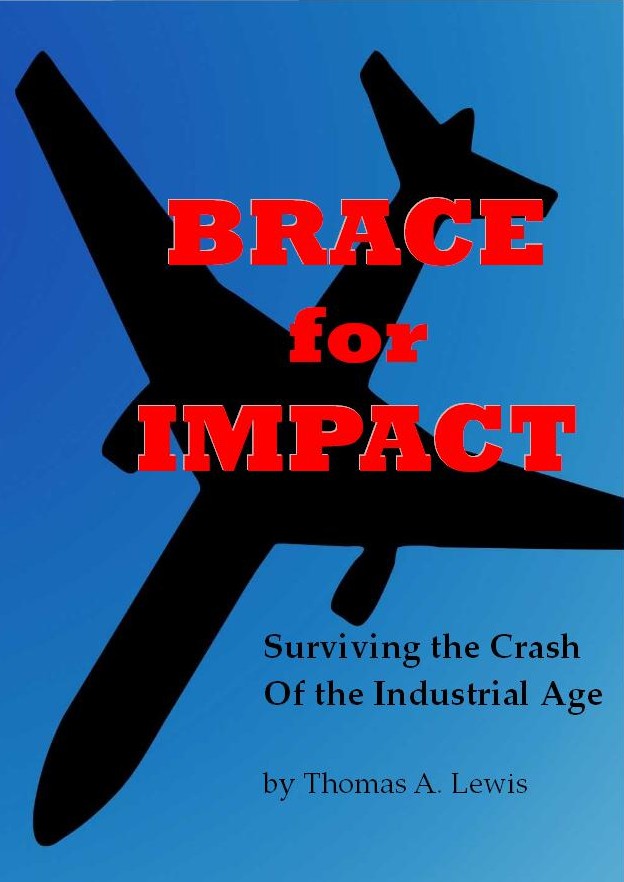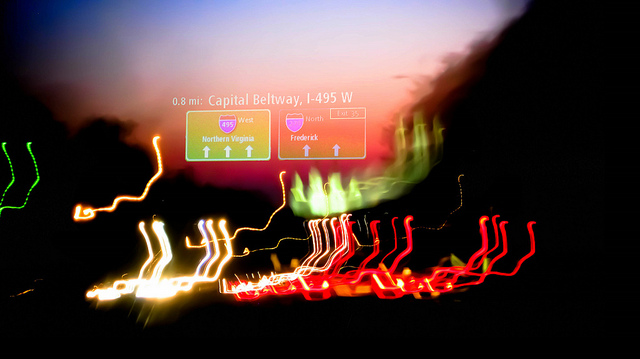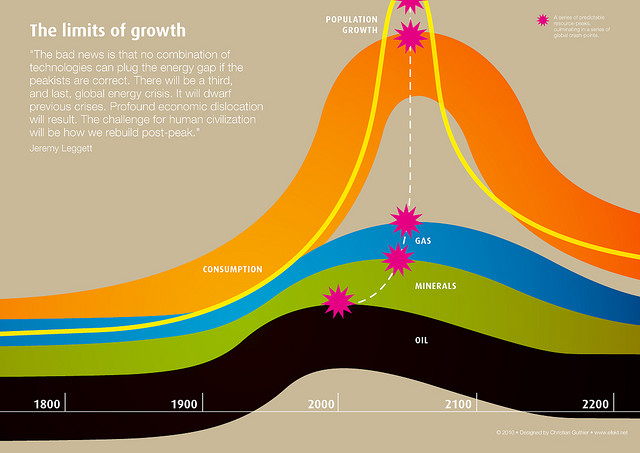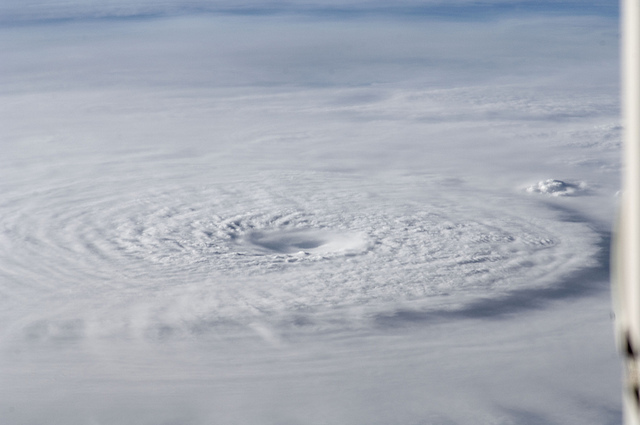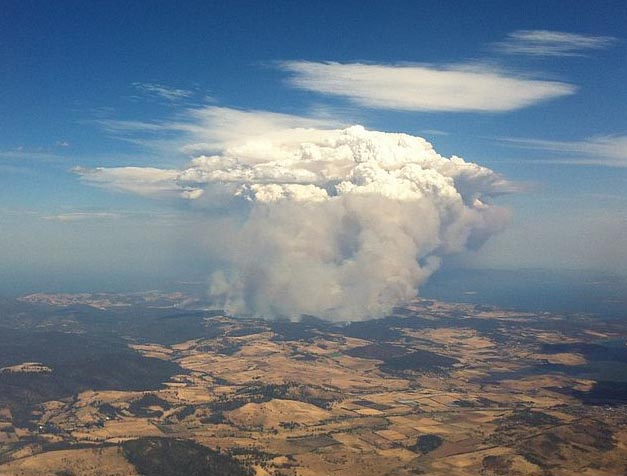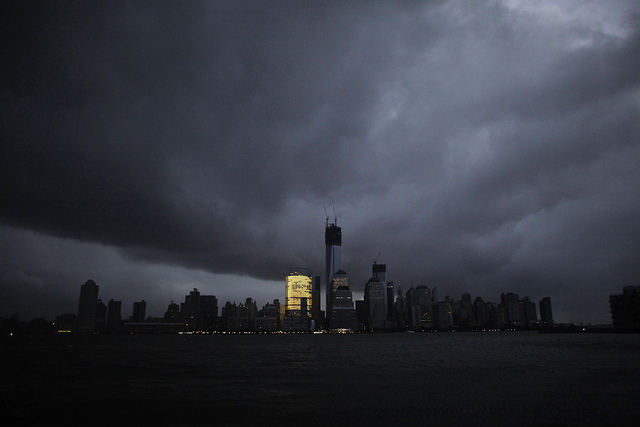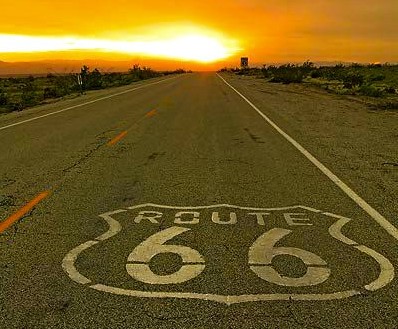Podcast: Play in new window | Download
Subscribe: RSS
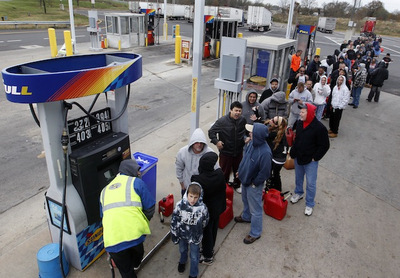
Hurricane Sandy brought New Yorkers a brief taste of Apocalypse Then, but it wasn’t close to 9/5/2000.
A fascinating retrospective by Kathy McMahon, a clinical psychologist who blogs as “Dr. K., the Peak [oil] Shrink,” details the little known (in this country) and little remembered (anywhere) story of what happened when the oil supply of some industrial European countries was briefly interrupted by their own citizens. The breathtaking speed with which the grocery stores emptied, the gas stations closed and the economy flatlined are instructive, and predictive. Too bad nobody knows the story. Continue reading
